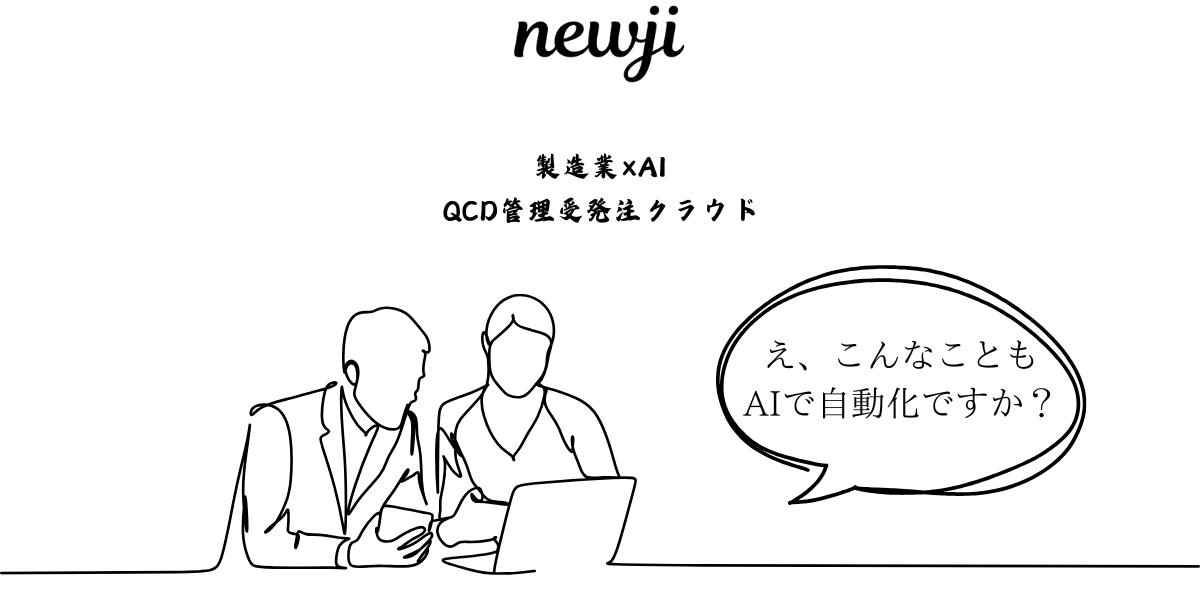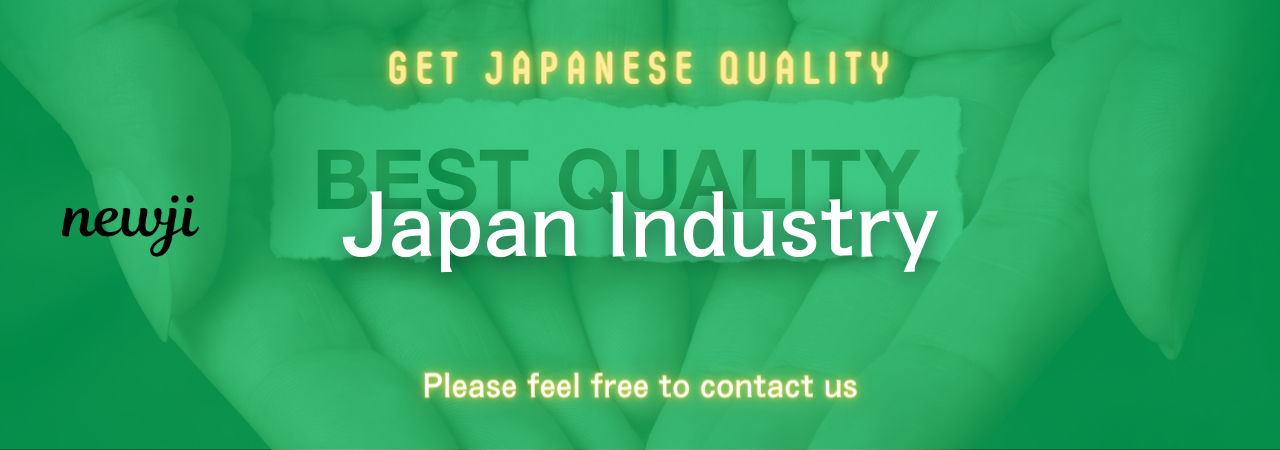- お役立ち記事
- Technology to reuse rubber discharged during the production process and how to improve its efficiency
月間77,185名の
製造業ご担当者様が閲覧しています*
*2025年2月28日現在のGoogle Analyticsのデータより

Technology to reuse rubber discharged during the production process and how to improve its efficiency

目次
Understanding Rubber Waste in Production
In the manufacturing process, a significant amount of rubber waste is generated.
This waste is produced during various stages, including trimming, molding, and sprue leftover.
Rubber waste in production not only represents a loss of raw material but also poses environmental challenges.
Reusing rubber discharged during production can significantly reduce these problems.
Why Reusing Rubber is Important
Reusing rubber has both economic and environmental benefits.
From an economic standpoint, it reduces the need for fresh materials, lowering manufacturing costs.
Environmentally, it decreases the volume of waste sent to landfills and the emissions associated with producing new rubber.
Additionally, recycling rubber reduces the carbon footprint of the industry.
Technologies for Reusing Waste Rubber
Several technologies are currently in place to recycle waste rubber effectively.
Milling and Cryogenic Techniques
Milling involves breaking down rubber waste into smaller particles to be reused in production.
Cryogenic techniques involve freezing rubber and then shattering it into fine bits.
These techniques help maintain the properties of the rubber, making it easier to reintegrate into production lines.
Devulcanization Processes
Devulcanization is a process that breaks down the cross-linked bonds in vulcanized rubber, effectively reversing the curing process.
This method allows the material to be reprocessed and reused with similar properties to virgin rubber.
Chemical, thermal, and mechanical methods are commonly used for devulcanization, offering flexibility depending on the type of waste and desired output.
Rubber Compounding Alternatives
Some companies are exploring alternative compounding agents to improve the efficiency of rubber reuse.
These agents help enhance the compatibility of recycled rubber with fresh batch production.
By adjusting the formulation of rubber compounds, manufacturers can ensure that recycled rubber retains its strength and elasticity.
Strategies for Improving Efficiency in Rubber Reuse
While the technology is essential, implementing strategies to improve efficiency is equally important for maximizing the reuse of rubber waste.
Adopting a Circular Economy Model
Incorporating a circular economy model can optimize the use of materials by continuously reintroducing waste back into the production cycle.
Companies can focus on designing products that require fewer materials and create systems that prioritize sorting and processing waste rubber efficiently.
This approach minimizes waste and maximizes the utility of rubber resources.
Investing in Modern Equipment
Investing in up-to-date machinery can significantly enhance the efficiency of reusing rubber waste.
Modern equipment often has faster processing times, higher precision, and better energy efficiency.
This investment can lead to saving costs in the long run and reducing energy consumption in production processes.
Enabling Workforce Training
Educating employees on the importance of waste management and recycling methods will help optimize rubber reuse workflows.
Training staff to recognize waste reduction opportunities and properly managing recycling equipment can improve overall production efficiency.
A knowledgeable workforce is key to implementing sustainable practices effectively.
Collaboration with Industry Partners
Collaborating with other organizations within the industry can help in advancing the technology for rubber reuse.
Sharing research, development resources, and innovations can reduce the time and cost involved in developing new technologies.
Such partnerships can lead to the creation of standardized processes and improved efficiency industry-wide.
Conclusion
Technology and strategic practices both play crucial roles in reusing rubber discharged during production.
From milling and cryogenic techniques to developing a circular economy, all efforts are geared towards reducing waste, conserving resources, and saving costs.
Integrating these technologies and strategies can significantly improve the efficiency of rubber recycling, benefiting both the economy and the environment.
With sustained efforts and collaborations, the challenge of rubber waste in manufacturing can be effectively mitigated.
 資料ダウンロード
資料ダウンロード
QCD管理受発注クラウド「newji」は、受発注部門で必要なQCD管理全てを備えた、現場特化型兼クラウド型の今世紀最高の受発注管理システムとなります。
 ユーザー登録
ユーザー登録
受発注業務の効率化だけでなく、システムを導入することで、コスト削減や製品・資材のステータス可視化のほか、属人化していた受発注情報の共有化による内部不正防止や統制にも役立ちます。
 NEWJI DX
NEWJI DX
製造業に特化したデジタルトランスフォーメーション(DX)の実現を目指す請負開発型のコンサルティングサービスです。AI、iPaaS、および先端の技術を駆使して、製造プロセスの効率化、業務効率化、チームワーク強化、コスト削減、品質向上を実現します。このサービスは、製造業の課題を深く理解し、それに対する最適なデジタルソリューションを提供することで、企業が持続的な成長とイノベーションを達成できるようサポートします。
 製造業ニュース解説
製造業ニュース解説
製造業、主に購買・調達部門にお勤めの方々に向けた情報を配信しております。
新任の方やベテランの方、管理職を対象とした幅広いコンテンツをご用意しております。
 お問い合わせ
お問い合わせ
コストダウンが利益に直結する術だと理解していても、なかなか前に進めることができない状況。そんな時は、newjiのコストダウン自動化機能で大きく利益貢献しよう!
(β版非公開)

